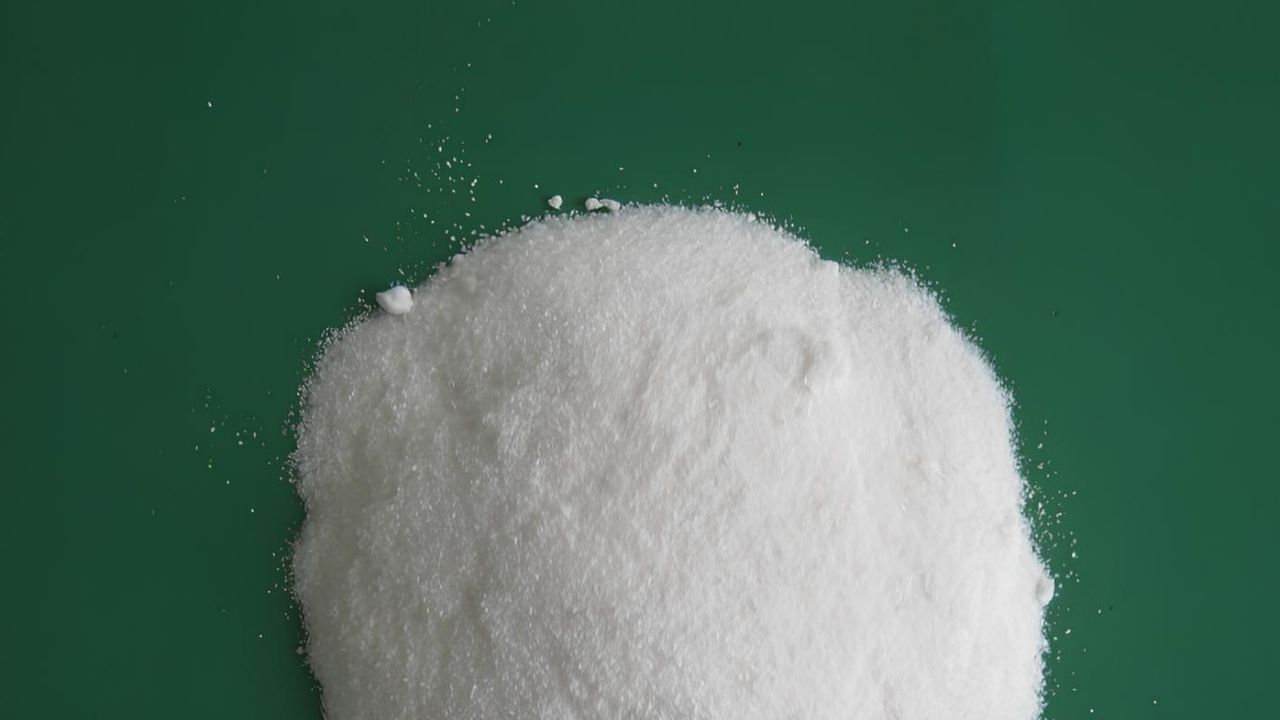
Fumaric Aciduria is a rare genetic disorder that affects the body's ability to break down fumaric acid, a key component in the citric acid cycle. This condition can lead to severe developmental delays, neurological issues, and metabolic problems. Caused by mutations in the FH gene, it disrupts the production of the enzyme fumarase, which is crucial for energy production in cells. Symptoms often appear in infancy and can include poor muscle tone, seizures, and brain abnormalities. Early diagnosis and intervention are essential for managing symptoms and improving quality of life. Understanding this condition can help raise awareness and support for affected individuals and their families.
Key Takeaways:
- Fumaric Aciduria is a rare metabolic disorder affecting energy production in cells. It causes severe developmental delays and is diagnosed through genetic testing and clinical evaluation.
- While there is no cure for Fumaric Aciduria, treatments like therapy and nutritional support can help manage symptoms and improve quality of life. Early intervention and supportive care are crucial for better outcomes.
What is Fumaric Aciduria?
Fumaric Aciduria, also known as Fumarase Deficiency, is a rare metabolic disorder. It affects the body's ability to break down fumaric acid, a key component in the citric acid cycle. This cycle is crucial for energy production in cells.
- Fumaric Aciduria is an autosomal recessive disorder, meaning both parents must carry the gene for a child to be affected.
- The condition is extremely rare, with fewer than 100 cases reported worldwide.
- It primarily affects the central nervous system, leading to severe developmental delays.
- Symptoms often appear in infancy, including poor feeding, failure to thrive, and hypotonia (low muscle tone).
- Children with Fumaric Aciduria may experience seizures, which can be difficult to control with medication.
Causes and Genetics
Understanding the genetic basis of Fumaric Aciduria helps in diagnosing and managing the condition. The disorder stems from mutations in a specific gene.
- Mutations in the FH gene cause Fumaric Aciduria. This gene provides instructions for making the enzyme fumarase.
- Fumarase is essential for the citric acid cycle, which generates energy in mitochondria.
- Without functional fumarase, fumaric acid accumulates in the body, leading to toxic effects.
- Genetic testing can confirm a diagnosis by identifying mutations in the FH gene.
- Carrier parents have a 25% chance of passing the disorder to their child with each pregnancy.
Symptoms and Diagnosis
Recognizing the symptoms early can lead to better management of the condition. Diagnosis often involves a combination of clinical evaluation and laboratory tests.
- Microcephaly, or a smaller-than-average head size, is a common symptom.
- Developmental milestones, such as sitting, walking, and talking, are significantly delayed.
- Hypertonia (increased muscle tone) and spasticity can develop as the child grows.
- Brain imaging, such as MRI, often shows abnormalities in the brain's structure.
- Elevated levels of fumaric acid in urine and blood are key diagnostic indicators.
Treatment and Management
While there is no cure for Fumaric Aciduria, various treatments can help manage symptoms and improve quality of life.
- Anticonvulsant medications are used to control seizures, though they may not be fully effective.
- Physical therapy can help improve muscle tone and motor skills.
- Occupational therapy assists with daily activities and enhances independence.
- Speech therapy is crucial for developing communication skills.
- Nutritional support ensures adequate growth and development, addressing feeding difficulties.
Prognosis and Life Expectancy
The outlook for individuals with Fumaric Aciduria varies widely. Early intervention and supportive care can make a significant difference.
- Life expectancy is generally reduced, with many affected individuals living into adolescence or early adulthood.
- The severity of symptoms can vary, even among siblings with the same genetic mutation.
- Some children may achieve partial developmental milestones with intensive therapy.
- Regular monitoring by a team of specialists is essential for managing the condition.
- Research is ongoing to better understand the disorder and develop potential treatments.
Research and Future Directions
Scientific advancements offer hope for improved treatments and understanding of Fumaric Aciduria.
- Gene therapy is being explored as a potential treatment to correct the underlying genetic defect.
- Animal models are used to study the disease and test new therapies.
- Researchers are investigating the role of diet and supplements in managing symptoms.
- Increased awareness and genetic counseling can help at-risk families make informed decisions.
- Collaboration among scientists, clinicians, and patient advocacy groups is crucial for advancing research and care.
The Final Word on Fumaric Aciduria
Fumaric Aciduria, a rare metabolic disorder, affects the body's ability to break down fumaric acid. This condition, often diagnosed in infancy, can lead to severe developmental delays, muscle weakness, and seizures. Early diagnosis and intervention are crucial for managing symptoms and improving quality of life. Genetic testing plays a key role in identifying this disorder, allowing for tailored treatment plans. While there's no cure, supportive therapies like physical therapy, dietary management, and medications can help manage symptoms. Awareness and understanding of Fumaric Aciduria are essential for early detection and better outcomes. By staying informed and advocating for those affected, we can make a difference in the lives of individuals with this rare condition. Remember, knowledge is power, and every bit of information helps in the fight against Fumaric Aciduria.
Frequently Asked Questions
Was this page helpful?
Our commitment to delivering trustworthy and engaging content is at the heart of what we do. Each fact on our site is contributed by real users like you, bringing a wealth of diverse insights and information. To ensure the highest standards of accuracy and reliability, our dedicated editors meticulously review each submission. This process guarantees that the facts we share are not only fascinating but also credible. Trust in our commitment to quality and authenticity as you explore and learn with us.
